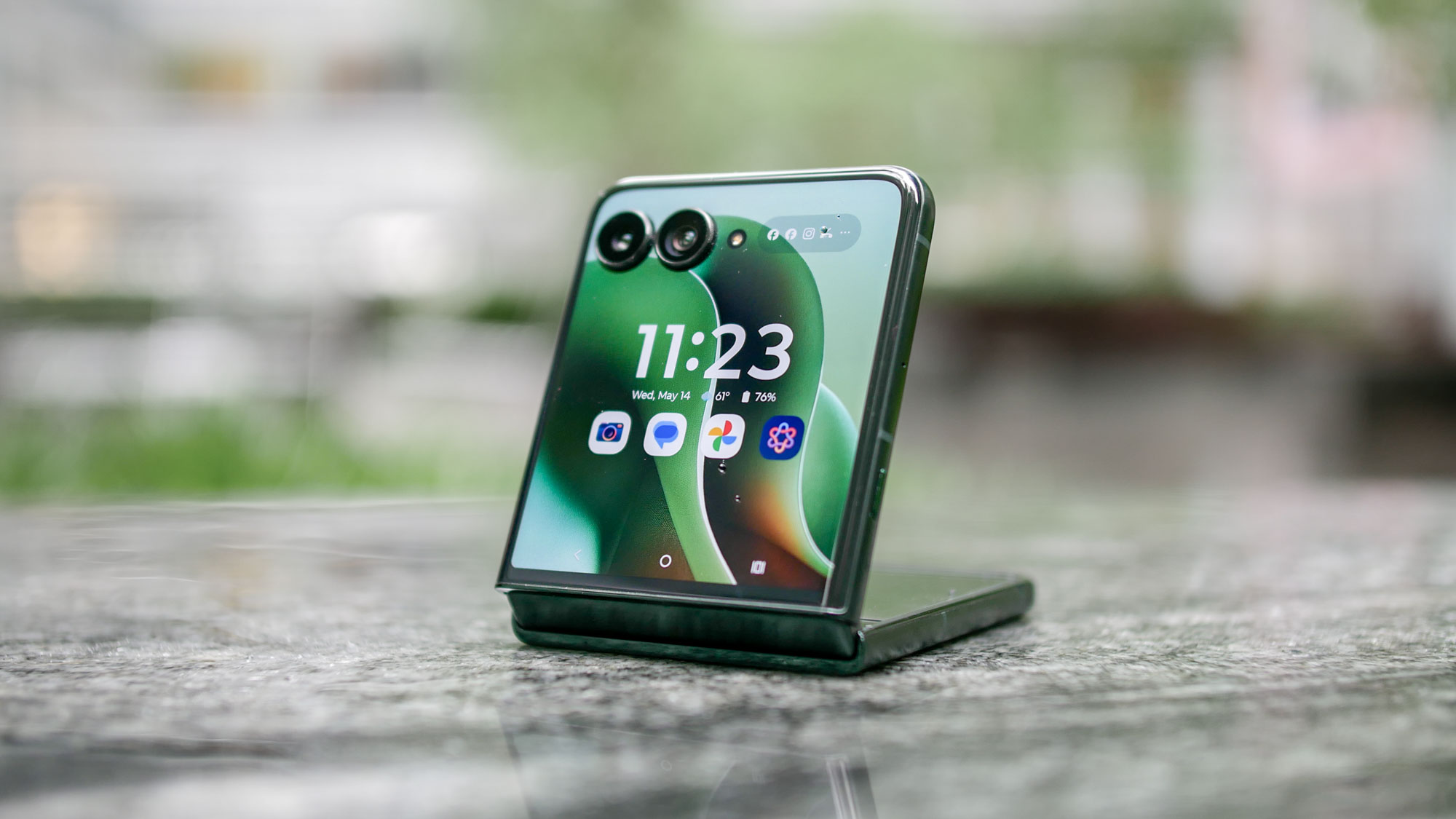iPhone 14 reportedly facing weak demand — and I'm not surprised at all
Apple scales back production orders, as the standard iPhone fails to excite

Apple is apparently scaling back plans to ramp up iPhone 14 production, according to media reports. And if you've spent any time with the iPhone 14 like we have, that shouldn't be a surprise.
Look, we like Apple's $799 iPhone, praising the iPhone 14 for its vibrant display, excellent cameras and overall value. It's certainly one of the best iPhones you can get right now, but even the iPhone 14's most ardent fans would concede that an iPhone 14 vs. iPhone 13 comparison reveals few substantial changes from last year's handset.
And that might help explain the Bloomberg report that Apple is scrapping plans to increase iPhone production between now and the end of the year. The culprit, the report claims, is that demand for the new phone hasn't really materialized the way Apple anticipated that it might.
To be clear, that doesn't mean no one's upgrading to the new phones. Bloomberg says that Apple still wants to produce 90 million phones, its original target and around the same level of production for the iPhone 13 in 2021. It's just that there's not been a surge in orders that would require Apple to crank out even more models.
The iPhone 14 Pro problem
You don't have to be well-versed in the laws of supply and demand to make a guess as to why. The changes Apple made to the iPhone 14 over previous models are modest ones, largely focused on improvements to the front and rear cameras. Apple did little to tweak the design of the standard iPhone 14, and even the A15 Bionic chipset powering the phone is a holdover from the previous round of smartphone updates.
Contrast that with the iPhone 14 Pro and iPhone 14 Pro Max models, which saw substantial changes. Apple equipped those two phones with a newer A16 Bionic system-on-chip, and the camera upgrades were more significant, as the Pro models now use a 48MP main shooter. The Pro models also were the first to ditch the notch that's been a part of the iPhone's design since 2017, opting instead for the innovative Dynamic Island feature.

A rundown of iPhone 14 vs. iPhone 14 Pro differences would also reveal features that Apple reserves for its pricier phones. For instance, the iPhone 14 Pro, like the iPhone 13 Pro before it, can adjust the refresh rate of its display up to 120Hz for smoother scrolling and more immersive gaming. (The refresh rate on the iPhone 14 Pro also enables an always-on display feature that's missing from the regular iPhone 14.) Non-Pro iPhones make do with a 60Hz refresh rate.
Get instant access to breaking news, the hottest reviews, great deals and helpful tips.
It would not surprise you, then, to hear that there's greater interest among shoppers for the iPhone 14 Pro options. In fact, the Bloomberg article contends that at least one Apple supplier will shift its production capacity to the Pros to meet the higher demand. That echoes earlier reports of production shifts in favor of the iPhone 14 Pro.
What's next for Apple
Again, this is not to suggest that the iPhone 14 isn't going to get its share of customers, as we'll likely learn next month when Apple announces its quarterly performance for the three-month period that included the first few weeks of the iPhone 14 launch. But if you're an iPhone 12 owner holding on to your two-year-old smartphone, the iPhone 14 may not offer enough new features to make you want to jump to a newer model, especially with the iOS 16 update introducing a raft of its own enhancements.
These reports come before the release of the iPhone 14 Plus, a 6.7-inch model that shares many of the same features as the iPhone 14, only with the bigger screen size and battery. Early reports suggested that preorders for the iPhone 14 Plus were underwhelming, but the popularity of big-screen phones and the potential of longer battery life may convince upgraders that the $899 device is the better option.
Truth be told, Apple's iPhone 14 production orders will have little impact on consumers, as it mostly affects the bottom lines for Apple and its various manufacturing partners. But it will be interesting to see how iPhone 14 sales ultimately shape Apple's iPhone strategy and if it will continue to make such clear distinctions between Pro and standard models with next year's iPhone 15.
Read next: Samsung is finally getting a clever way to get killer phones for less — here's how.
Philip Michaels is a Managing Editor at Tom's Guide. He's been covering personal technology since 1999 and was in the building when Steve Jobs showed off the iPhone for the first time. He's been evaluating smartphones since that first iPhone debuted in 2007, and he's been following phone carriers and smartphone plans since 2015. He has strong opinions about Apple, the Oakland Athletics, old movies and proper butchery techniques. Follow him at @PhilipMichaels.

